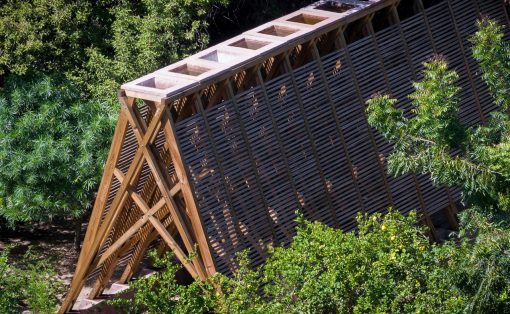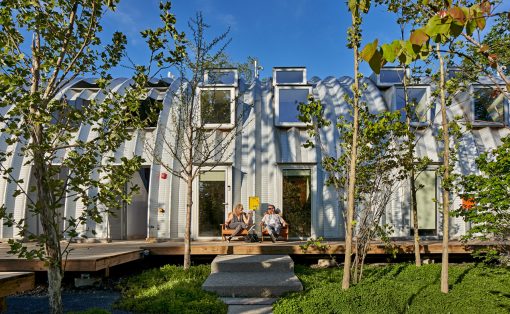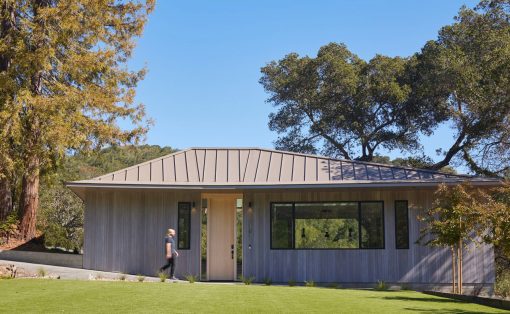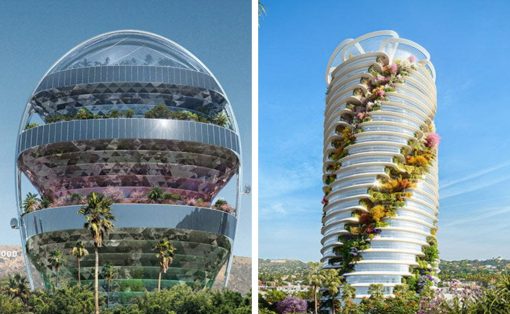We discovered the beauty and magic of tiny homes a couple of years ago, and we’re happy to see it was an excellent discovery. Since then, tiny homes have gained immense popularity, and been experimented with to create even better, more beautiful, and functional designs. We saw a torrent of ingenious and thoughtfully designed tiny homes in 2023, and we’ve curated some of our favorites for you. These unique tiny homes are space-saving and eco-friendly, reducing the load on Mother Earth, while also managing to look as cute as a button. From a 3D-printed tiny home that has the same price tag as a car to the world’s smartest tiny home that expands up to 3 times its original size – these tiny homes will have you swooning!
1. Nestron’s Tiny Homes
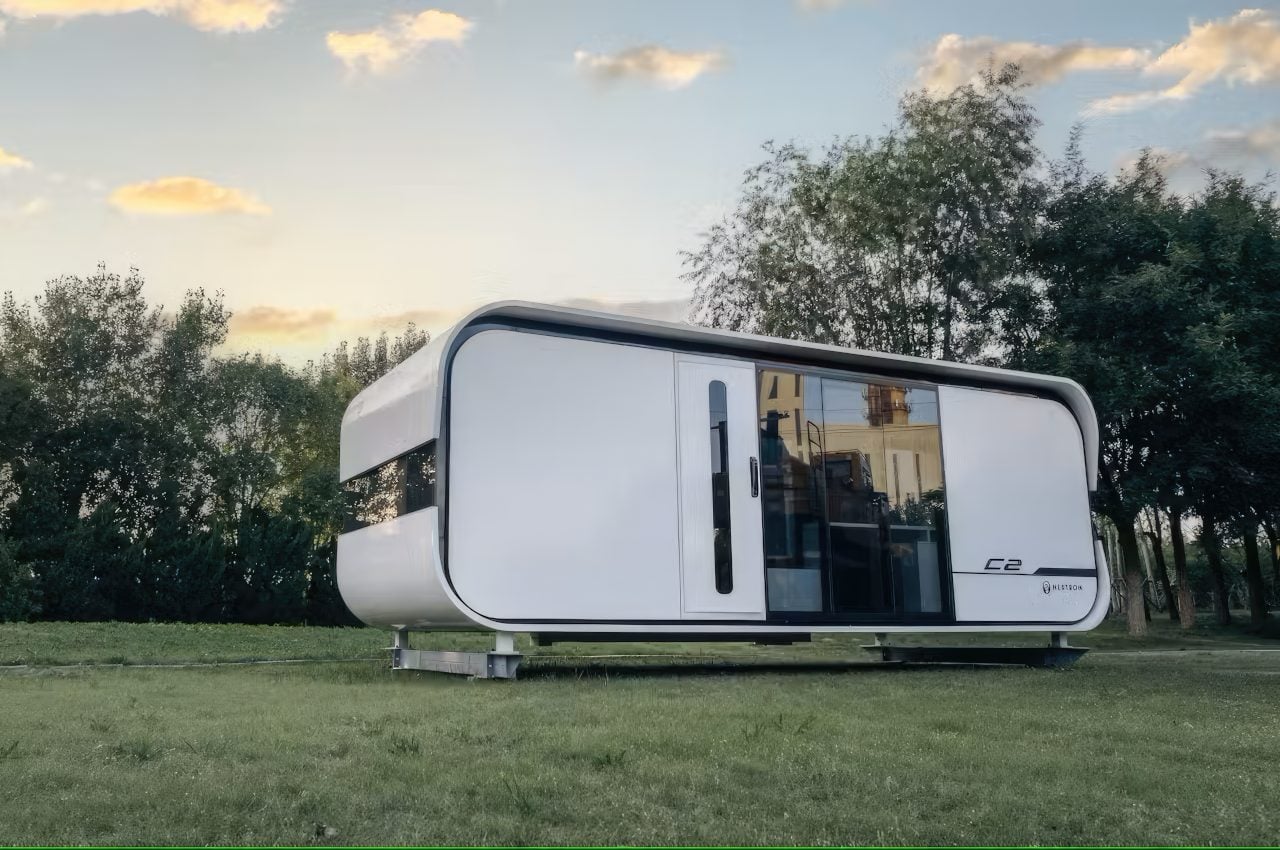
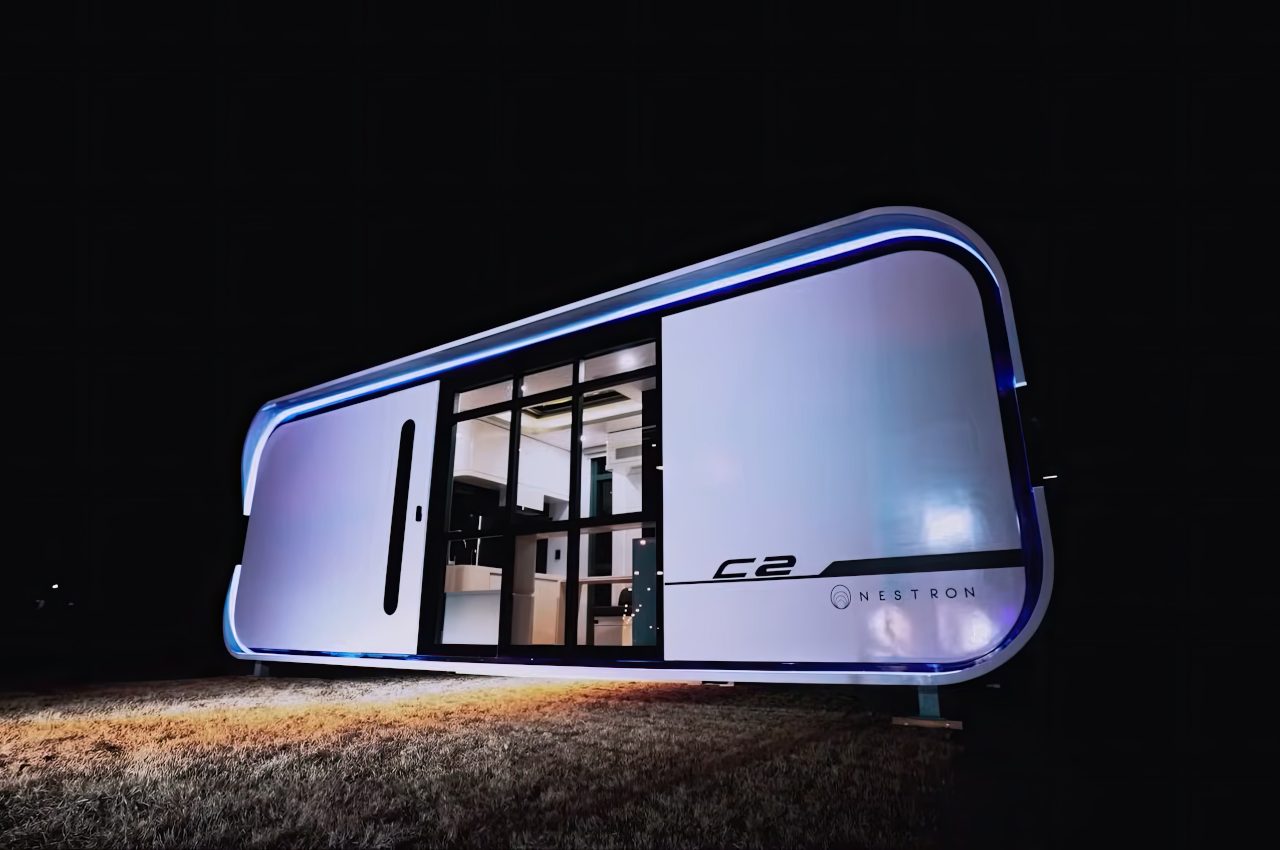
Nestron’s range of tiny homes is pretty sleek and futuristic with a highly customizable and aesthetically pleasing prefab design. The range includes the – Cube One (C1), Cube Two (C2), and Cube Two X (C2X) homes that cost from $42.2k to $126.6k, depending on the configuration you choose at Nestron’s online showroom.
Why is it noteworthy?
The futuristic homes include solar electricity (or local electricity), heating, and a fully-equipped bathroom with a smart toilet. The interiors can be customized, and they’re quite stunning and ideal for sci-fi fans who want their own futuristic homes!
What we like
- Almost everything is handled by Nestron – from logistics and transport to unloading
- Built from recyclable materials
What we dislike
- They’re not very spacious, even the most expensive option, Cube Two X, only offers 398 square feet of space
2. Pod Studio
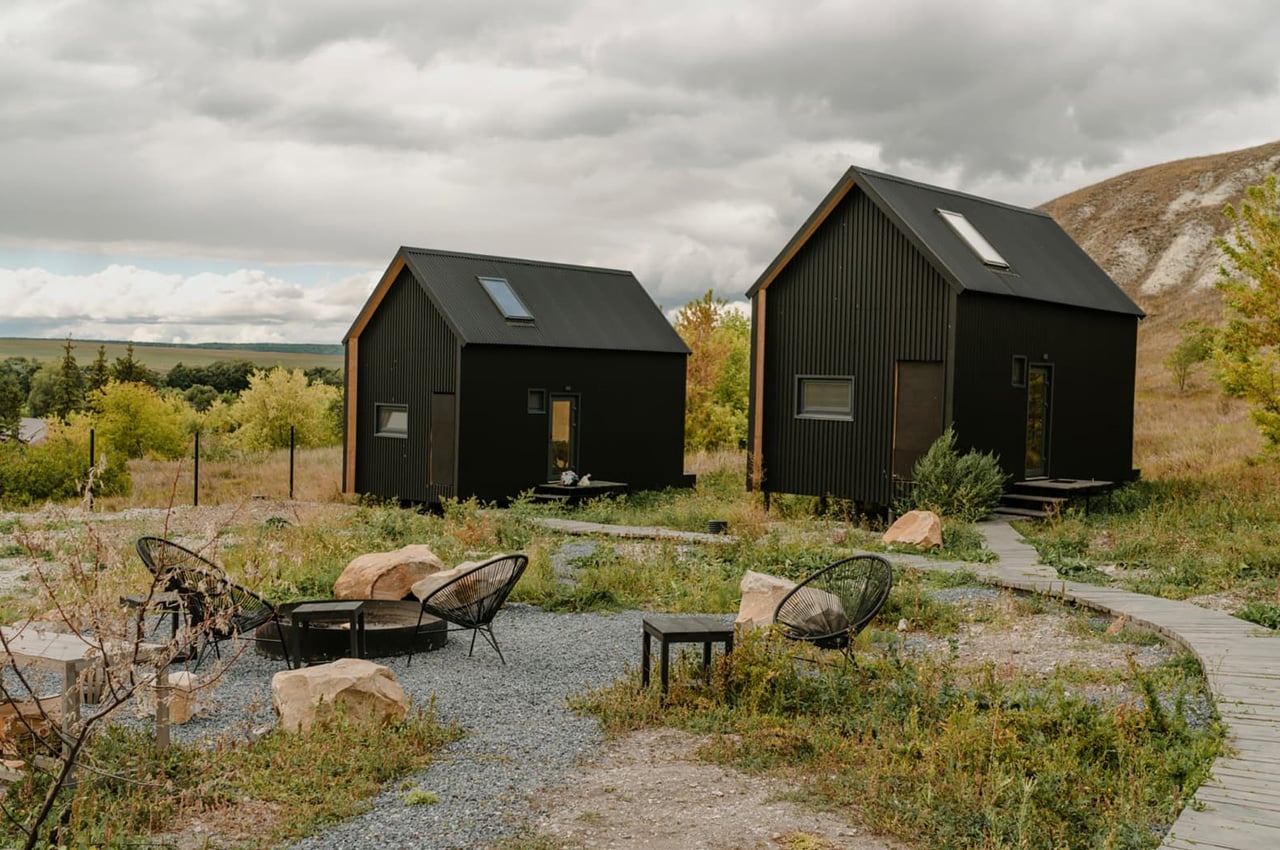
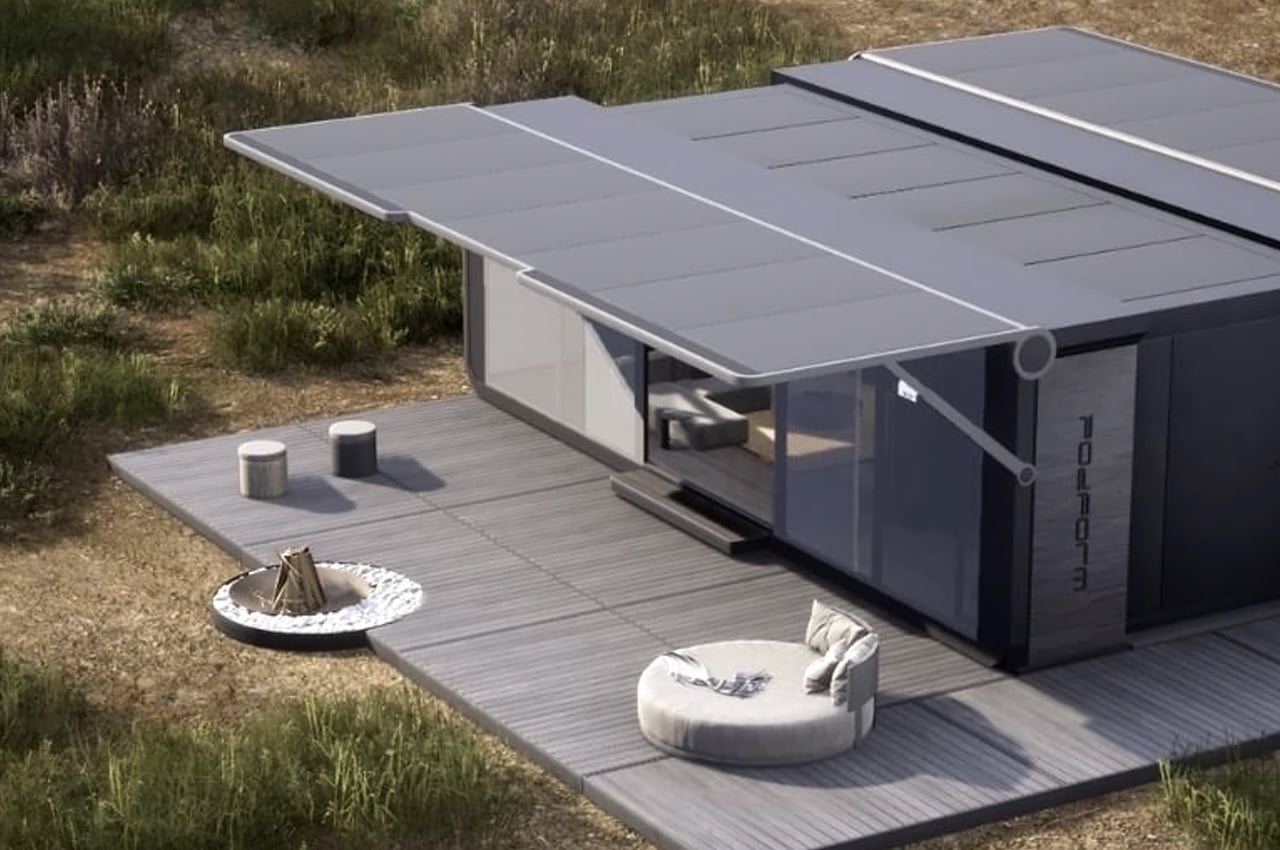
Meet the world’s smartest tiny home called Pod Studio! Designed by California-based Podform, the Pod Studio is an innovative and one-of-a-kind tiny home that can expand up to three times its original size. It is built using steel and aluminum and features a solar awning energy system
Why is it noteworthy?
The original size of the Pod Studio is 161 square feet, and it can be converted to 454 square feet within 15 minutes! It is easily transportable and portable and doesn’t need any foundation, because of its built-in hydraulic legs.
What we like
- Equipped with solar panels and smart technology that can be easily controlled through an app
What we dislike
- It’s not out on the market yet, so we’re not sure what the final home will be like
3. Vagabundo Flex
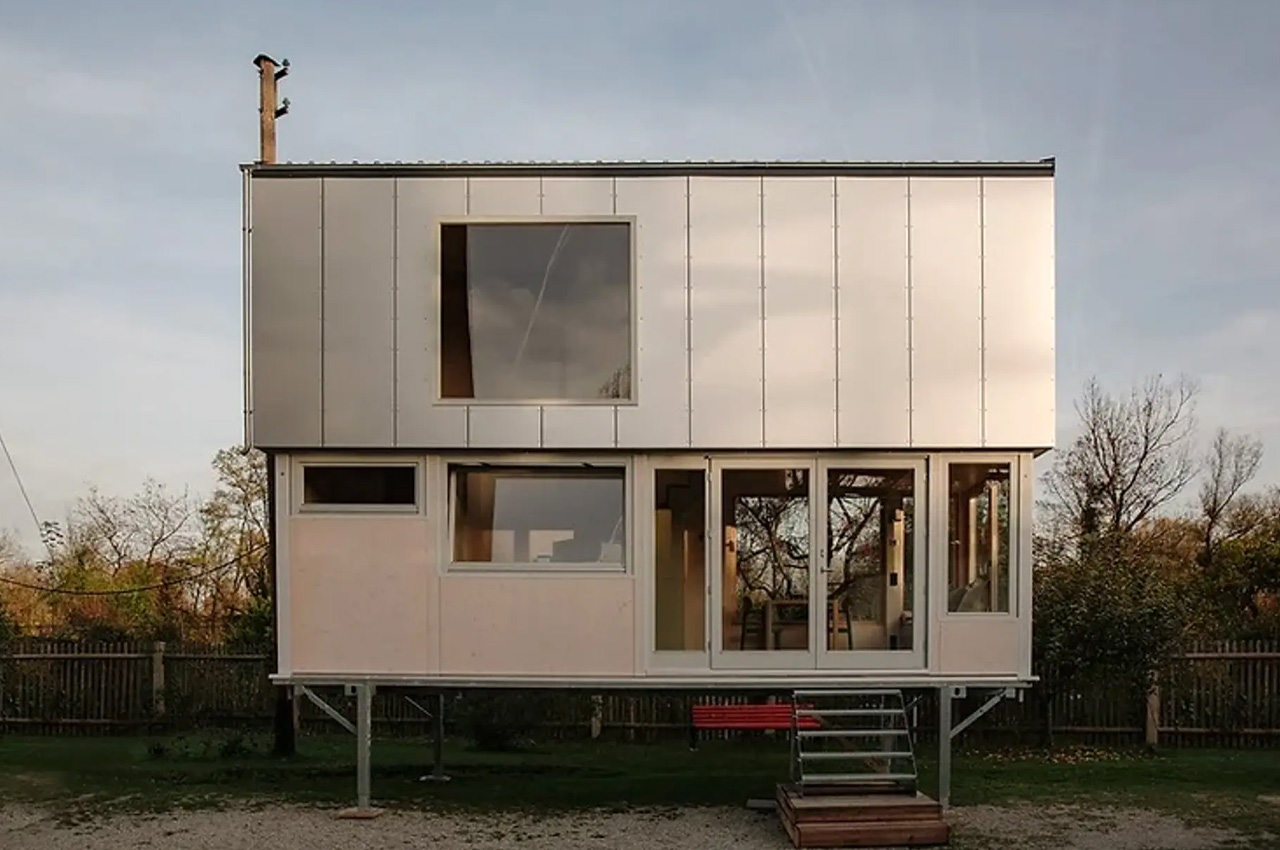
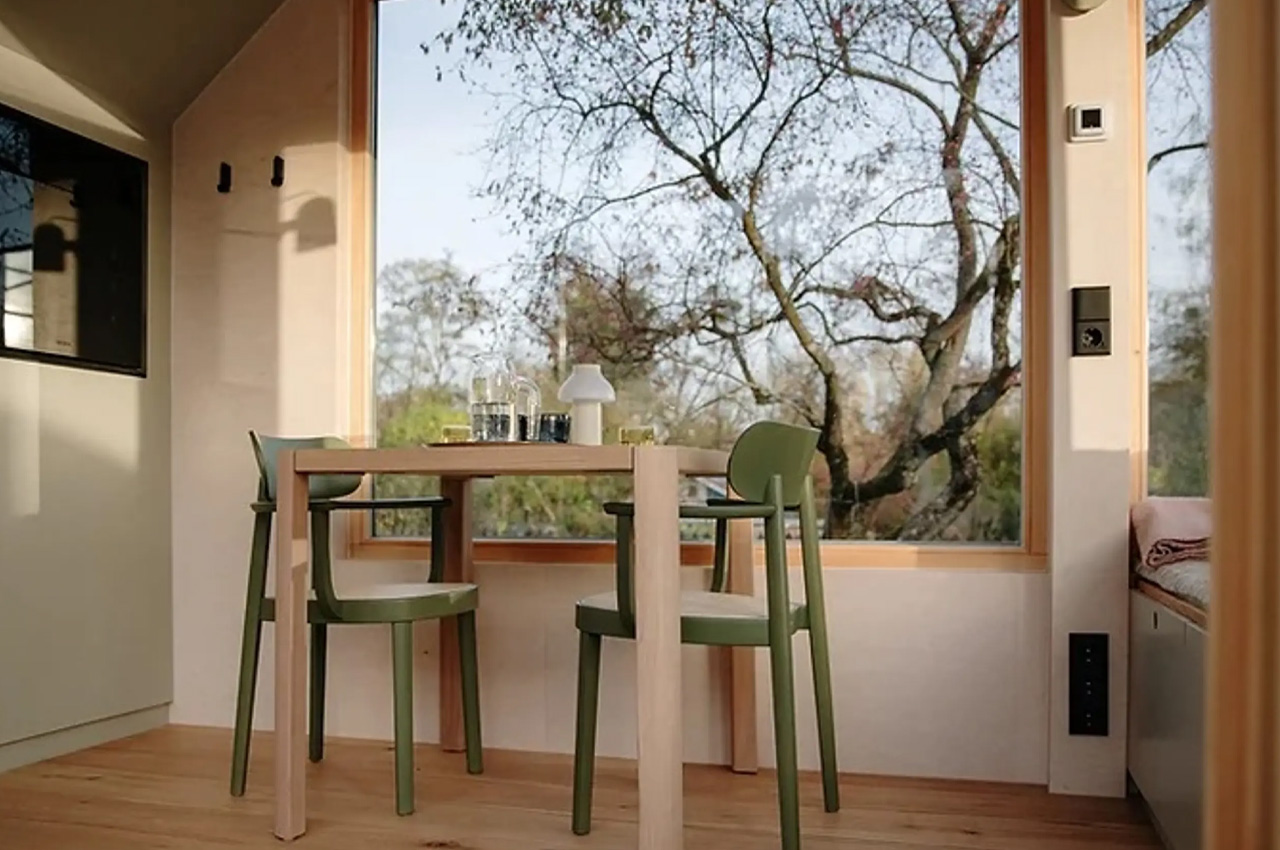
This special little home is called the Vagabundo Flex, and it extends over two levels, thanks to an innovative automated lifting root system that provides the home with enhanced comfort and functionality. The unique home is constructed using timber framing, wood fiber insulation, and double-glazed aluminum windows.
Why is it noteworthy?
It features an innovative and unique design that supports the roof, allowing it to rise to a height of 20.3 feet, which creates a spacious and expansive interior that occupies 300 square feet.
What we like
- Bulky elements have been smartly hidden in corners and cupboards
- Equipped with essential amenities, including panoramic windows and timber furnishings
What we dislike
- Hefty price tag as compared to other tiny homes on the market
4. Fujitsubo
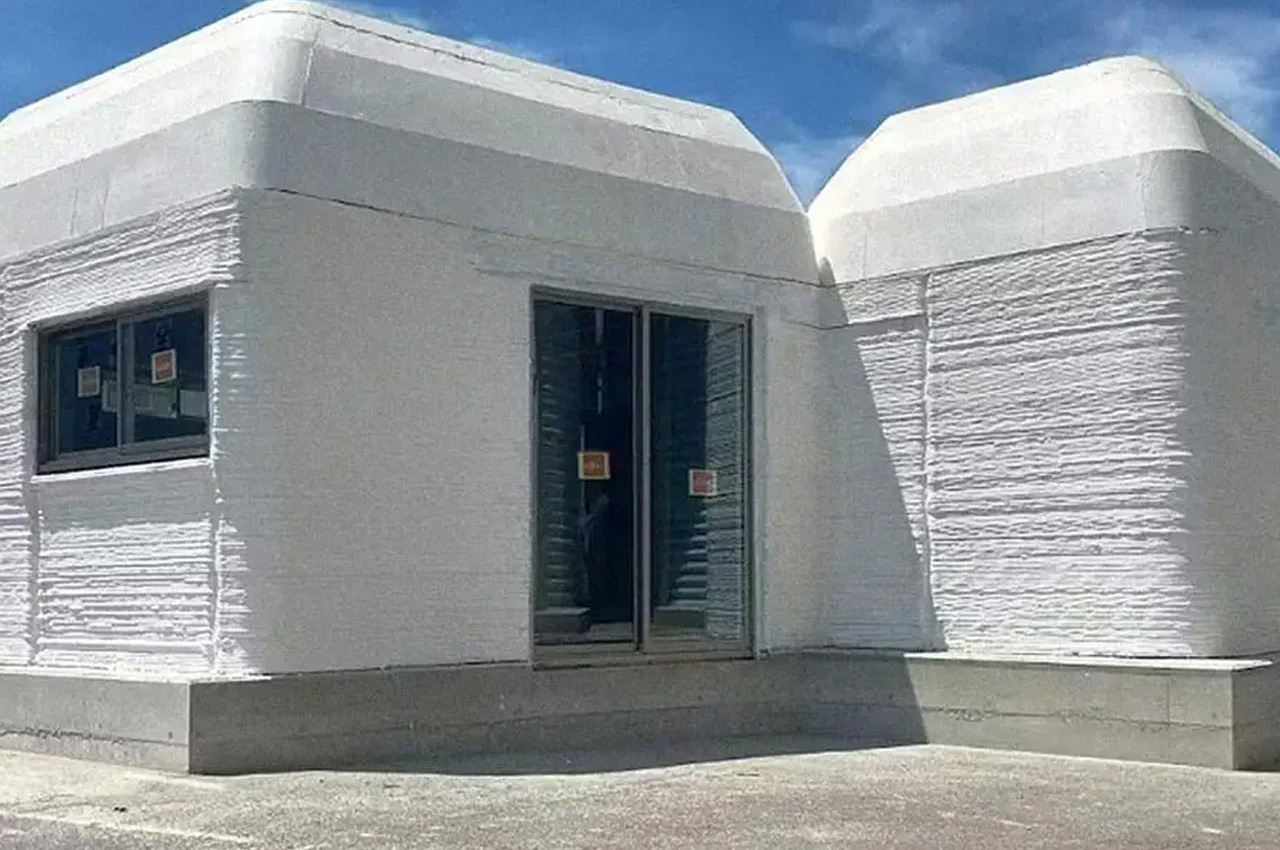
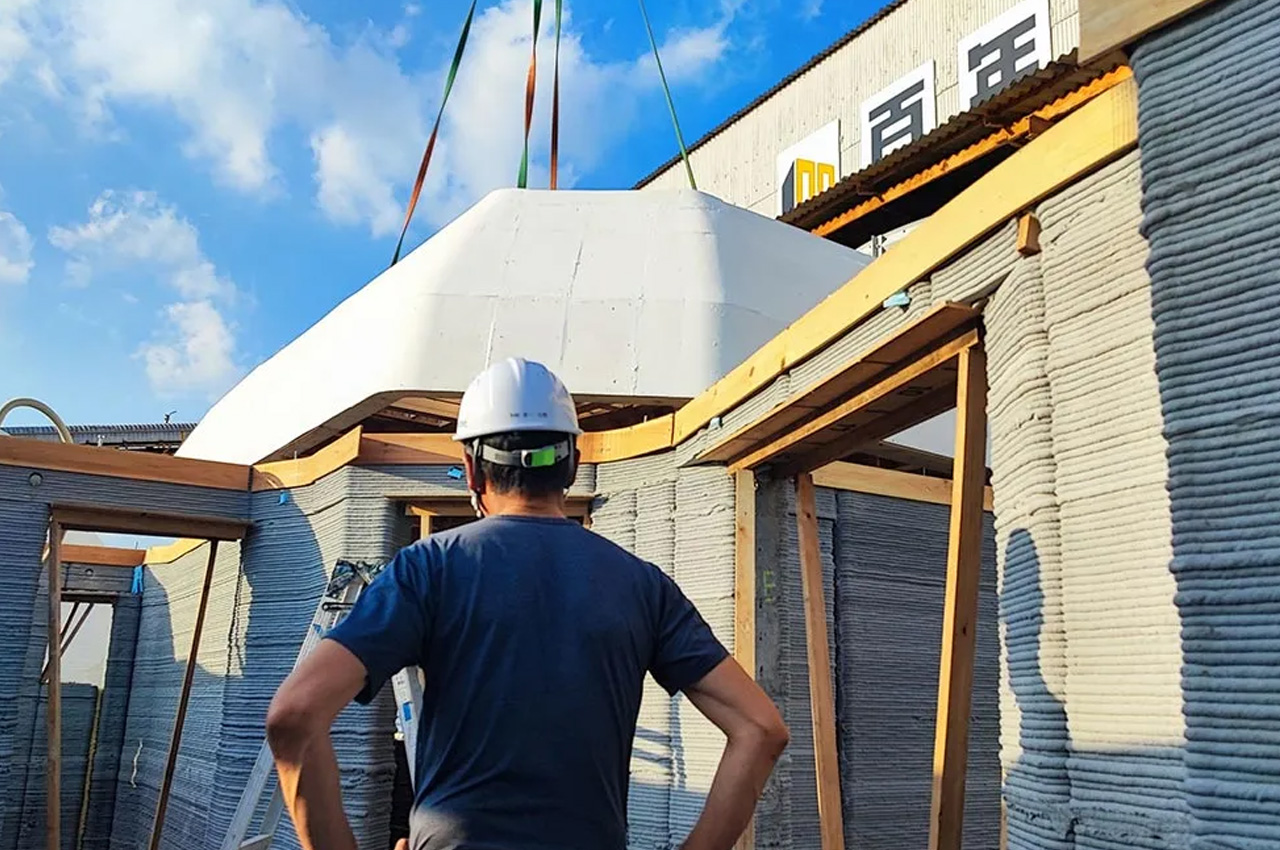
Japanese construction startup Serendix unveiled ‘Fujitsubo’ – a small home priced at 5.5 million yen or around $37,600! Serendix says it takes almost 44.5 hours to print and assemble the home.
Why is it noteworthy?
This compact home is called the Fujitsubo, or “the barnacle”, and it occupies only 538 square feet, which is quite small when compared to the average American home, which happens to be five times large. The home is 3D-printed and houses one bedroom, a bathroom, and an open living room connected to a kitchen.
What we like
- Costs as much as a car while offering essential amenities and features
What we dislike
- It’s still in the conceptual phase, so we’re not sure how the final structure will turn out to be
5. Câpsula
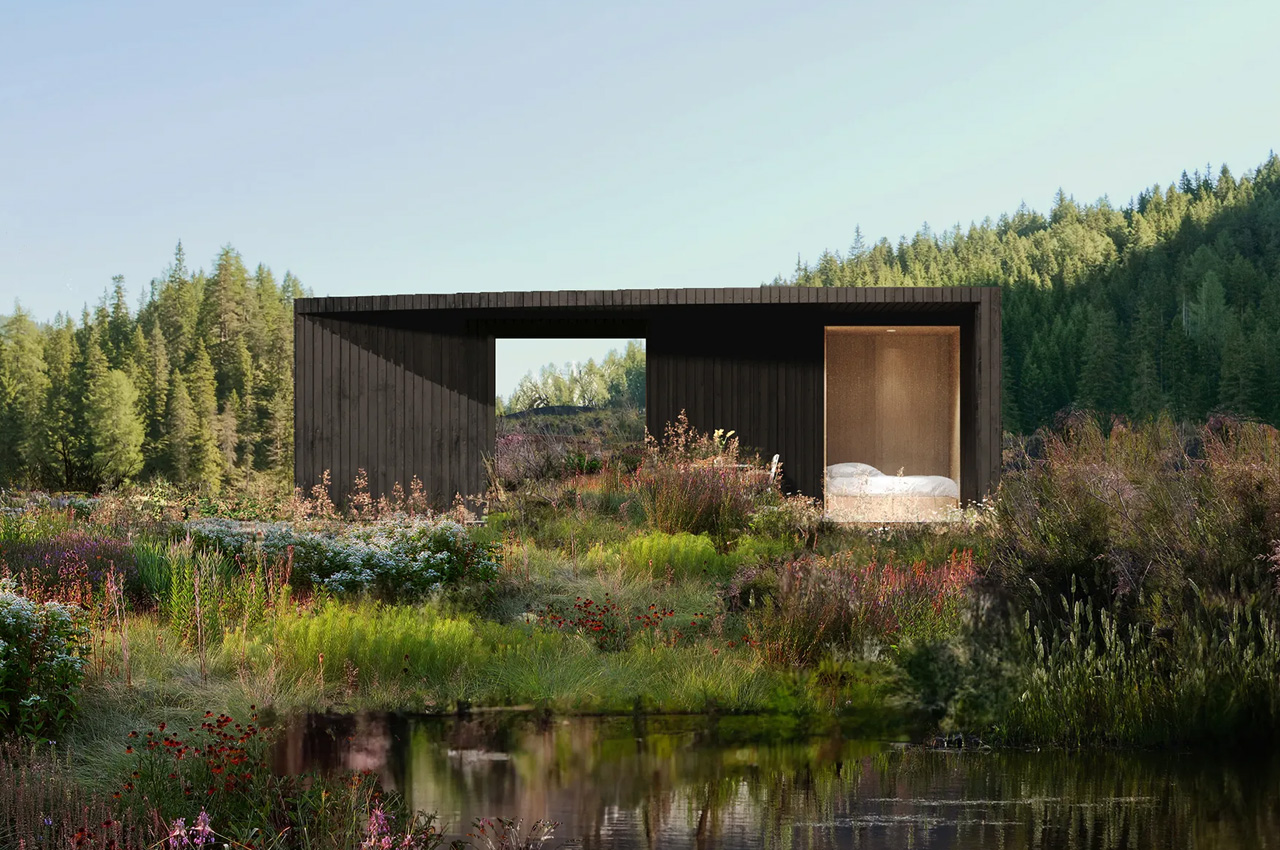
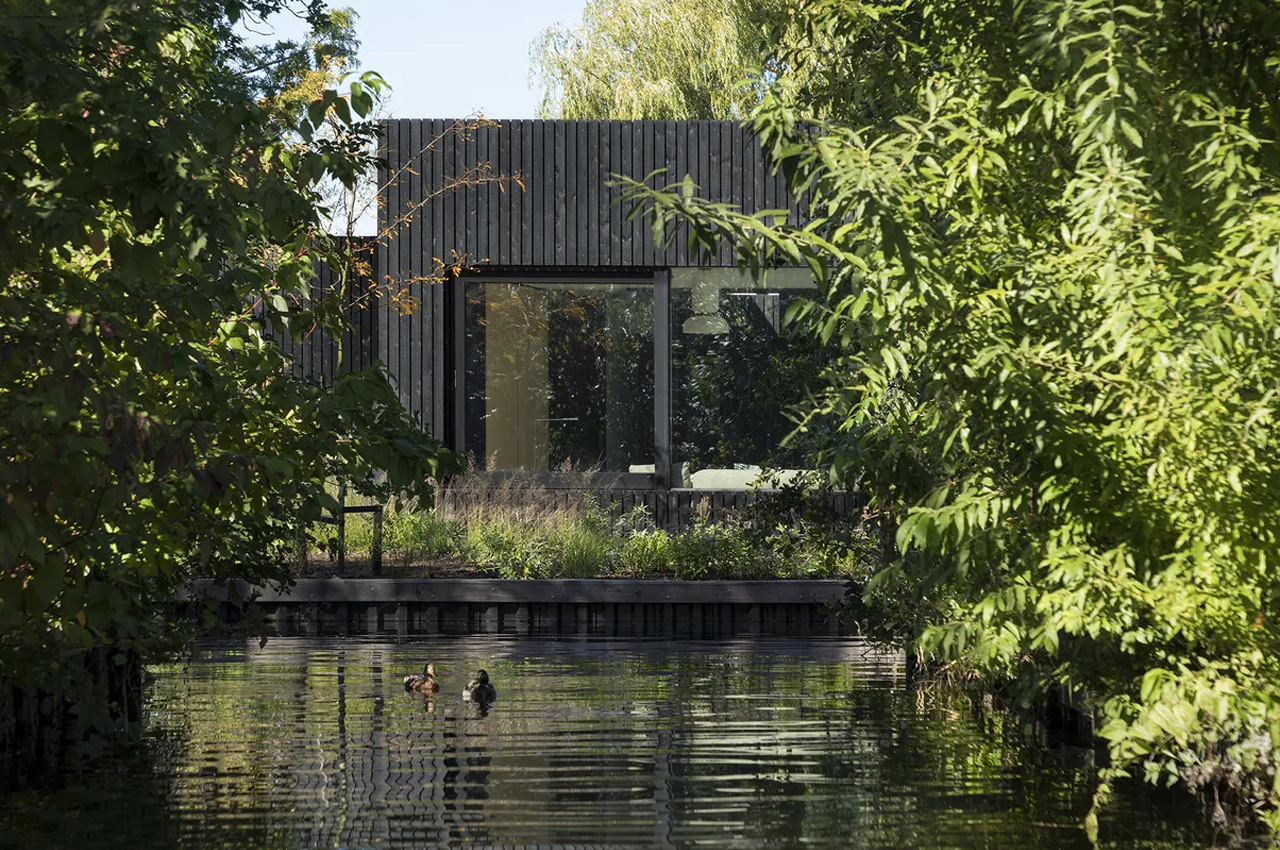
This tiny homes concept is called Câpsula, and it is designed by architecture studio i29. Launched during Dutche Design Week 2023, these prefabricated cabins and tiny homes are inspired by design-led thinking and aim to be simple yet functional.
Why is it noteworthy?
The project is pretty small-scale but the plans and ambitions for it are quite large. The goal and intention behind the project is to promote slow living, and create the ideal cabin architecture with a couple of amazing options.
What we like
- Influenced by the minimalist style of architecture
- Equipped with top-notch amenities and features
What we dislike
- The small footprint of the homes may be considered too small for some
6. Ecocapsule NextGen
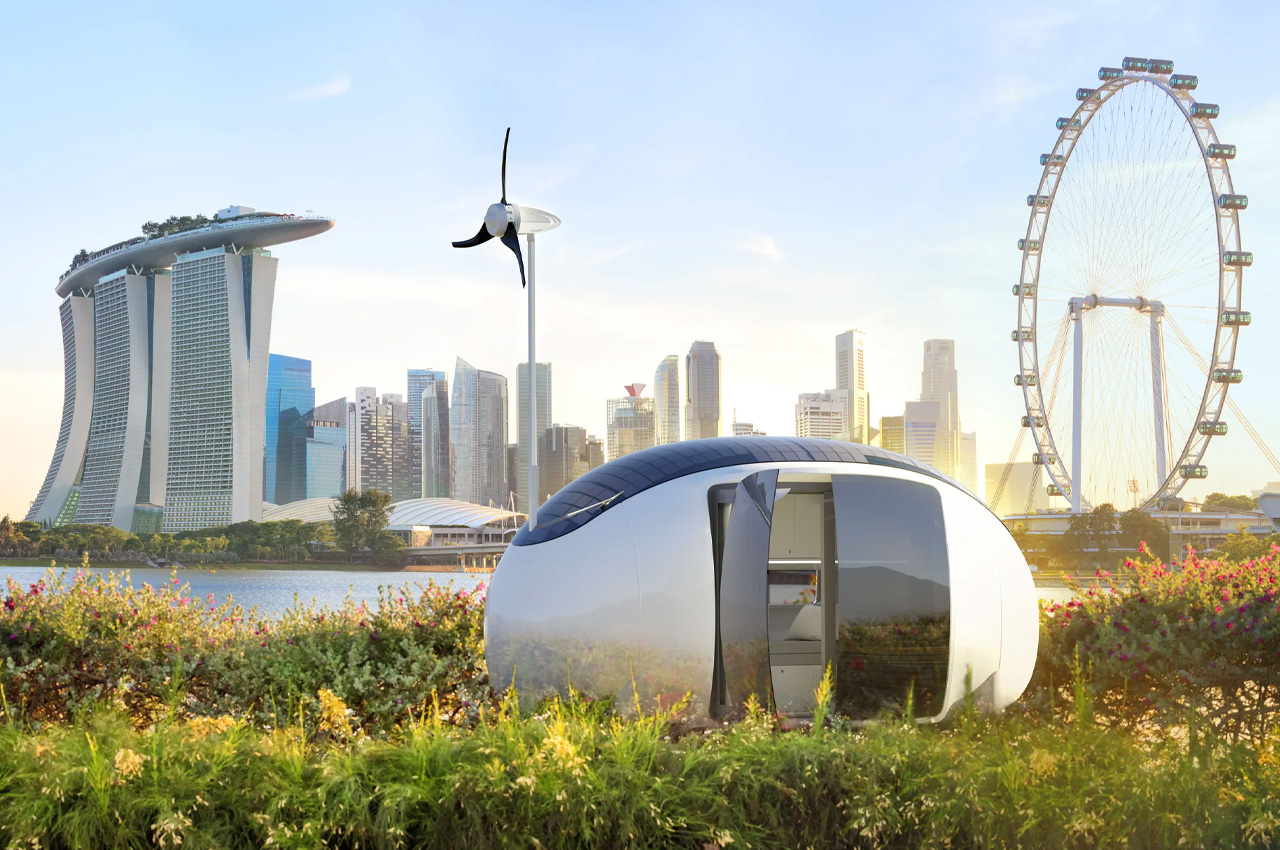
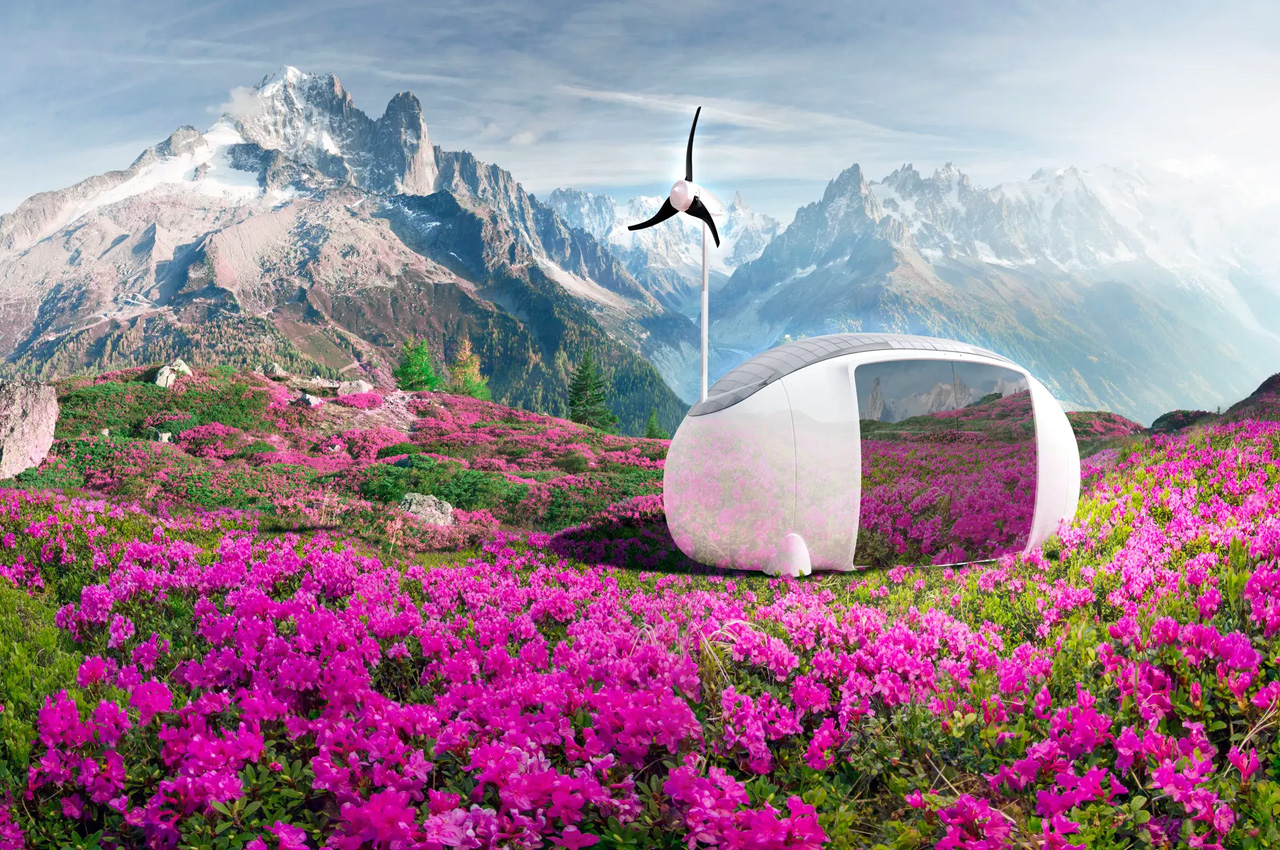
A few years ago, Ecocapsule launched a unique egg-shaped off-grid tiny home which was a major hit! And, now they’ve released a new and improved version called the Ecocapsule NextGen. The Ecocapsule NextGen promises to be an upgraded and elevated version of the tiny home.
Why is it noteworthy?
The Ecocapsule NextGen is larger than the previous home, it has been expanded to 5.2m from 4.67m, which makes it bigger than the original version, while also allowing it to maintain a compact and efficient form.
What we like
- Features a gull-wing door that makes the home more open to the outdoors
What we dislike
- It’s not released on the market, so we don’t know what the actual final product will be like
7. The Nest


Dubbed the Nest, this tiny cabin is one of the short-term rental properties available at ReWild Rentals. Nestled in Hocking Hills, Ohio, the cabin displays the stunning beauty of the location to the guests. It features a unique layout that makes it feel much bigger than it is!
Why is it noteworthy?
The small house is clad in black board-and-batten wood siding, providing it with a modern and contemporary vibe which is further defined by a long sloping roof on one side, which also offers shelter to the outdoor patio.
What we like
- Unique layout unlike the typical tiny homes, which makes it feel much larger than it is
What we dislike
- The barn-style door can be considered a bit old-fashioned and doesn’t provide much privacy in the bathroom, which is inconvenient for residents
8. Sakura Tiny House

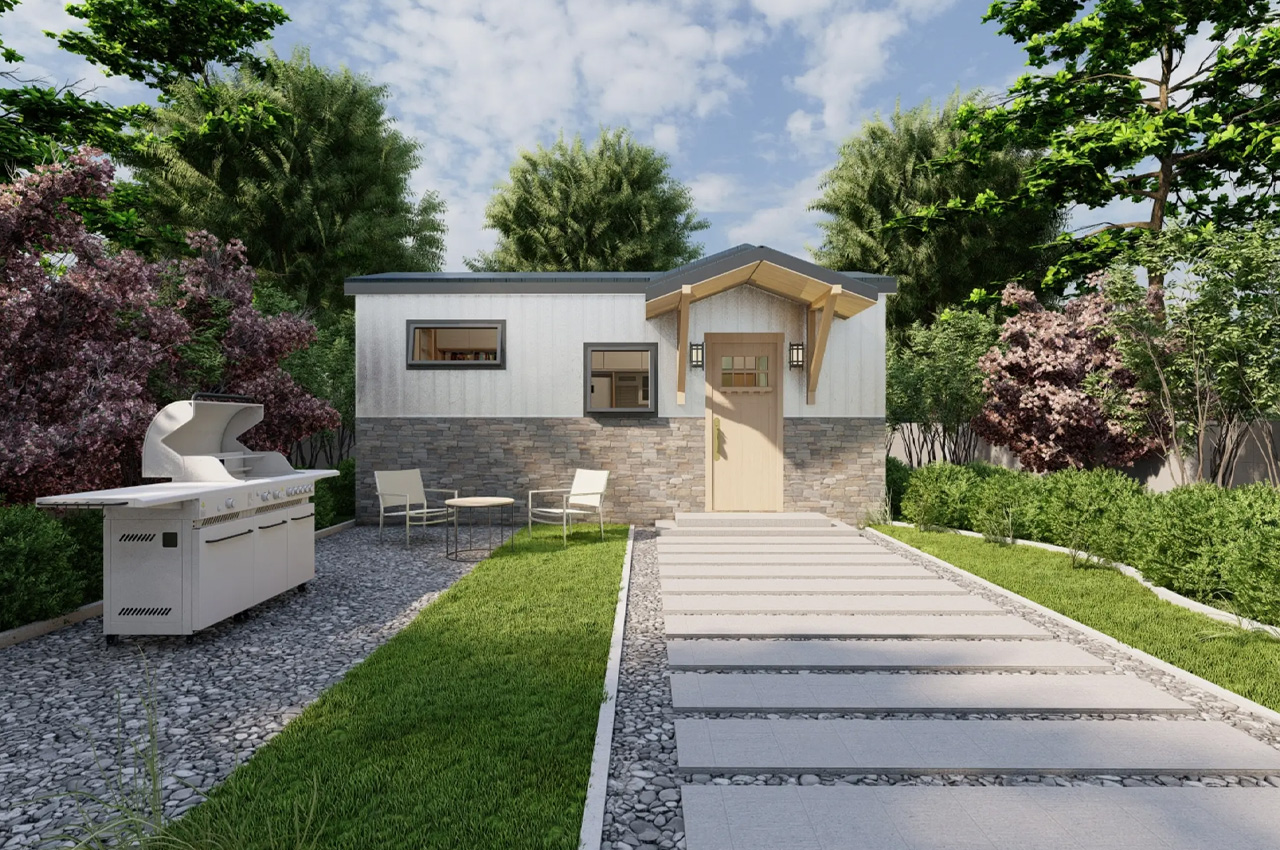
Designed by Canada-based Acorn Tiny Homes, the Sakura tiny house is intended to be a game-changer compared to typical tiny homes on the market. It doesn’t feature wheels, but instead is equipped with an innovative space-saving interior which includes a transforming bedroom and kitchen.
Why is it noteworthy?
The Sakura tiny home is breaking ground in the tiny home arena, by taking this popular housing style to a whole new and upgraded version. It is inspired by popular Japanese design trends, which can be even witnessed in its name.
What we like
- Heavily inspired by Japanese design holistically
- Features a flexible multipurpose space, making it truly one-of-a-kind
What we dislike
- It can accommodate two residents and only two guests, and it could be a tight fit. Not the best option for families who like to host people
9. Browny
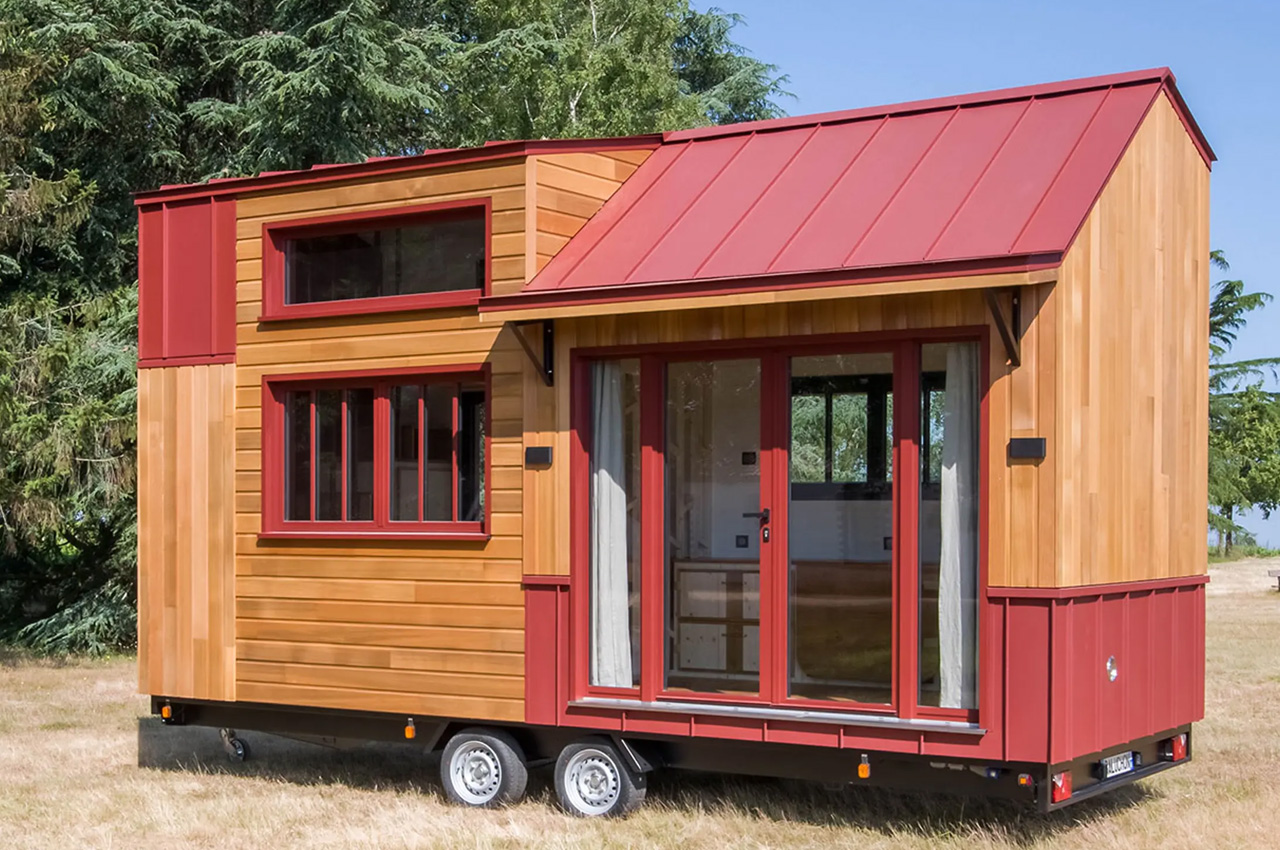
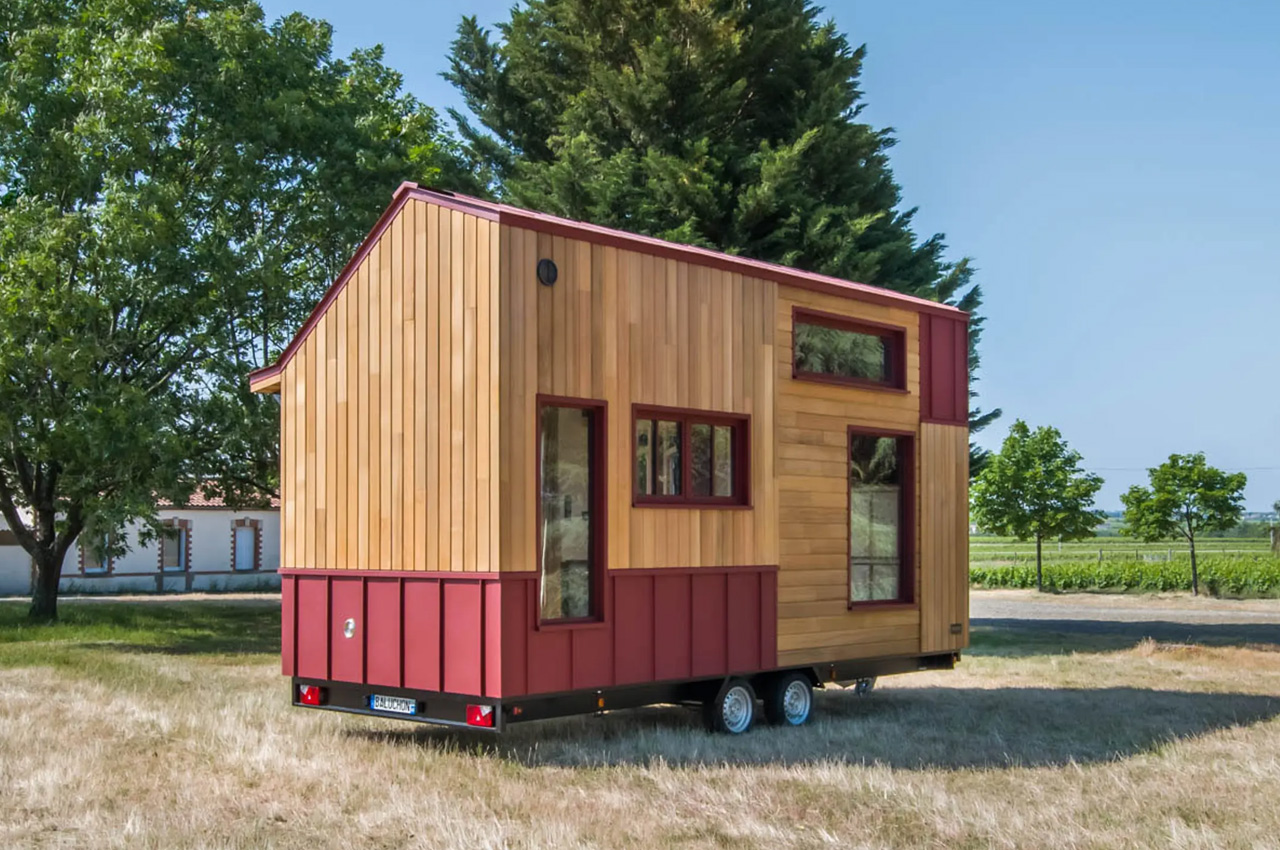
Coined Browny, this adorable-looking tiny home ranks high on versatility, as it can effortlessly and efficiently house a home office, exercise area, and a guest bedroom within a length of 6 meters, while also proving to be quite comfortable.
Why is it noteworthy?
The Browny is supported by a double-axle trailer and finished in red cedar, which is further accentuated by aluminum accenting and a roof. It is a great-looking tiny home with a generous amount of glazing to maximize natural light within the home.
What we like
- Accommodates multiple amenities in a small space
- Features integrated storage space
What we dislike
- Doesn’t feature a proper kitchen and bathroom, which can be inconvenient for users
10. Samara and James’ Tiny Home
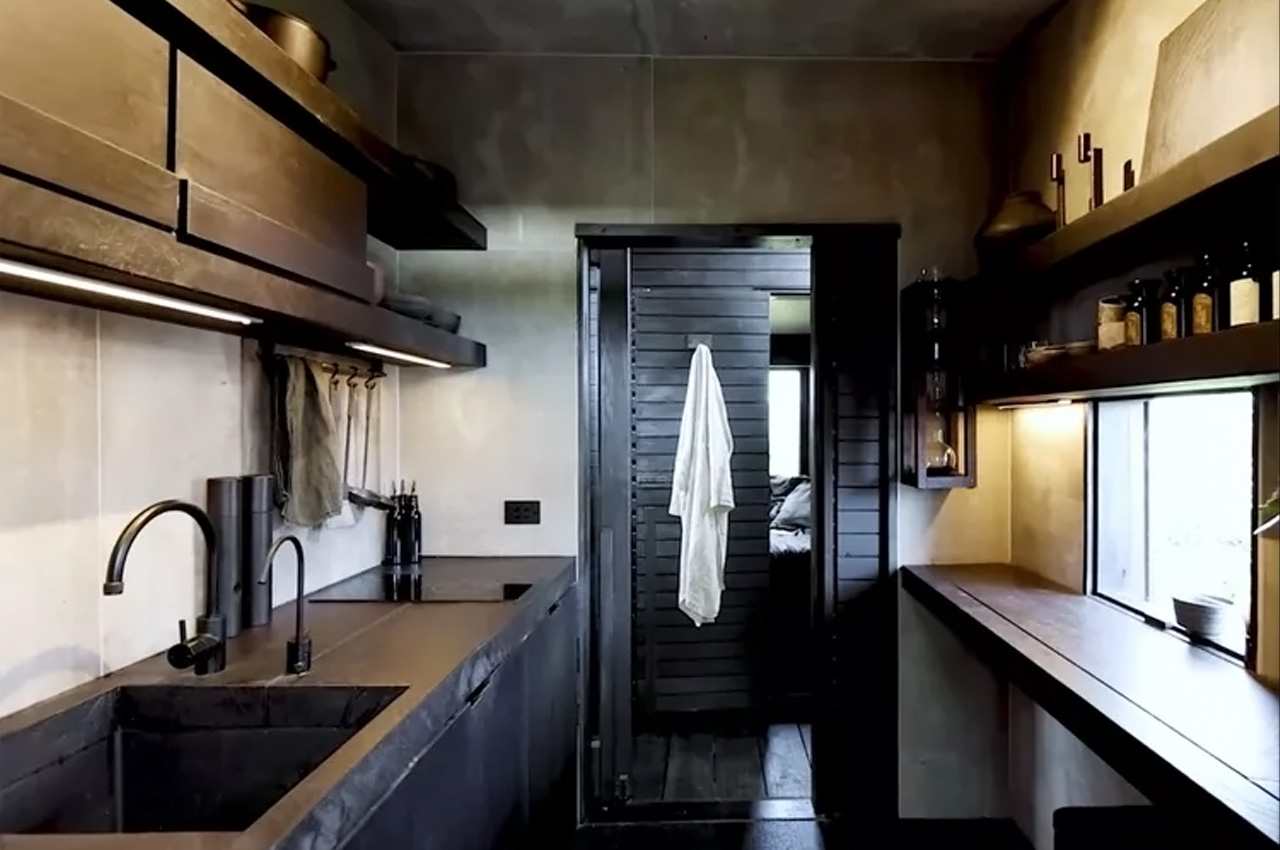
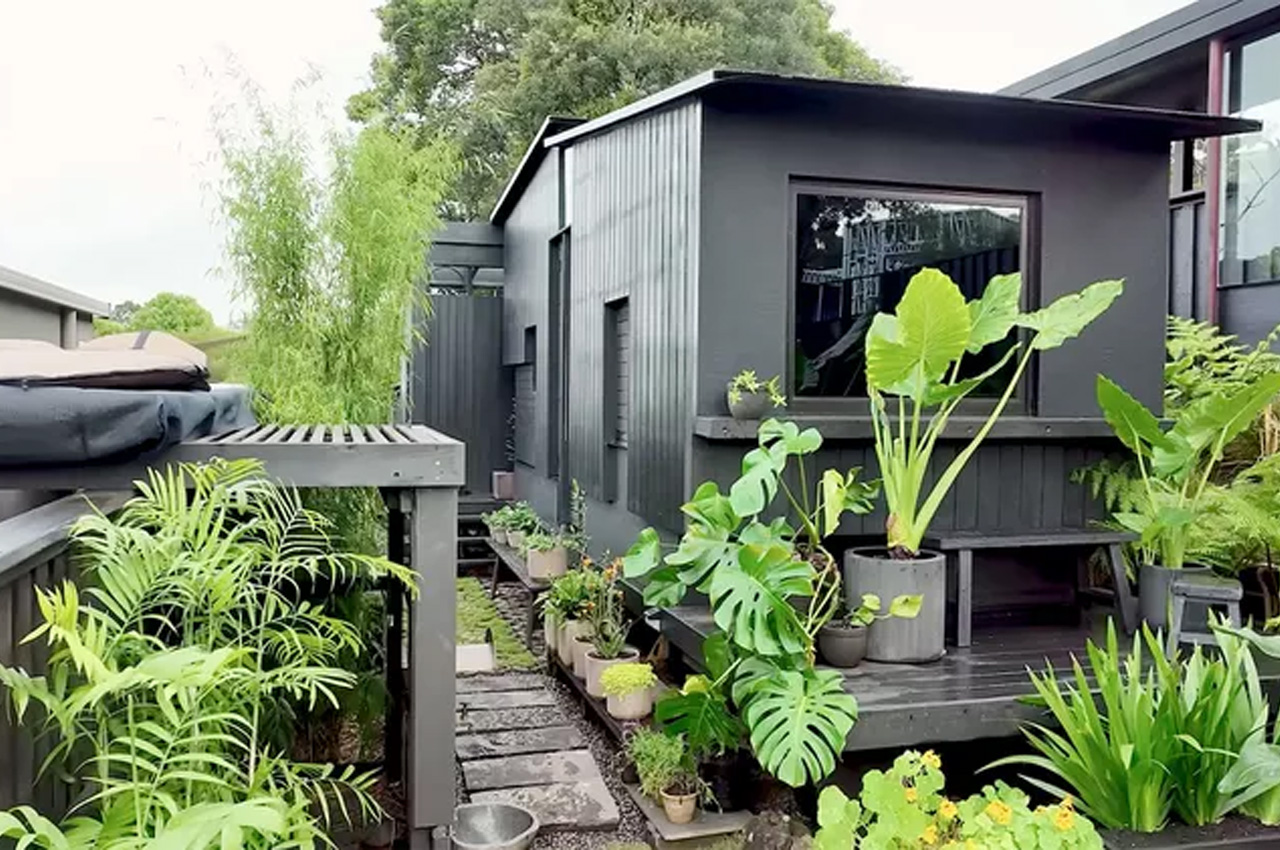
This 16-foot-long tiny home was designed by a lovely couple Samara and James, and is home to them. It features all the design ideas and moves you usually wouldn’t execute in a small space, making this tiny home a truly unique one.
Why is it noteworthy?
Although the interior and exterior have a dark theme, and there aren’t a lot of windows in the house, the home still manages to be quite spacious with a certain balance to it, while maintaining a serene connection to the site it is located on.
What we like
- Inspired by Japanese design, especially by shou sugi ban
- Features three modules, that can be moved and reconfigured if the home ever needs to be expanded
What we dislike
- It only features an outdoor shower, which some people may not be comfortable with



